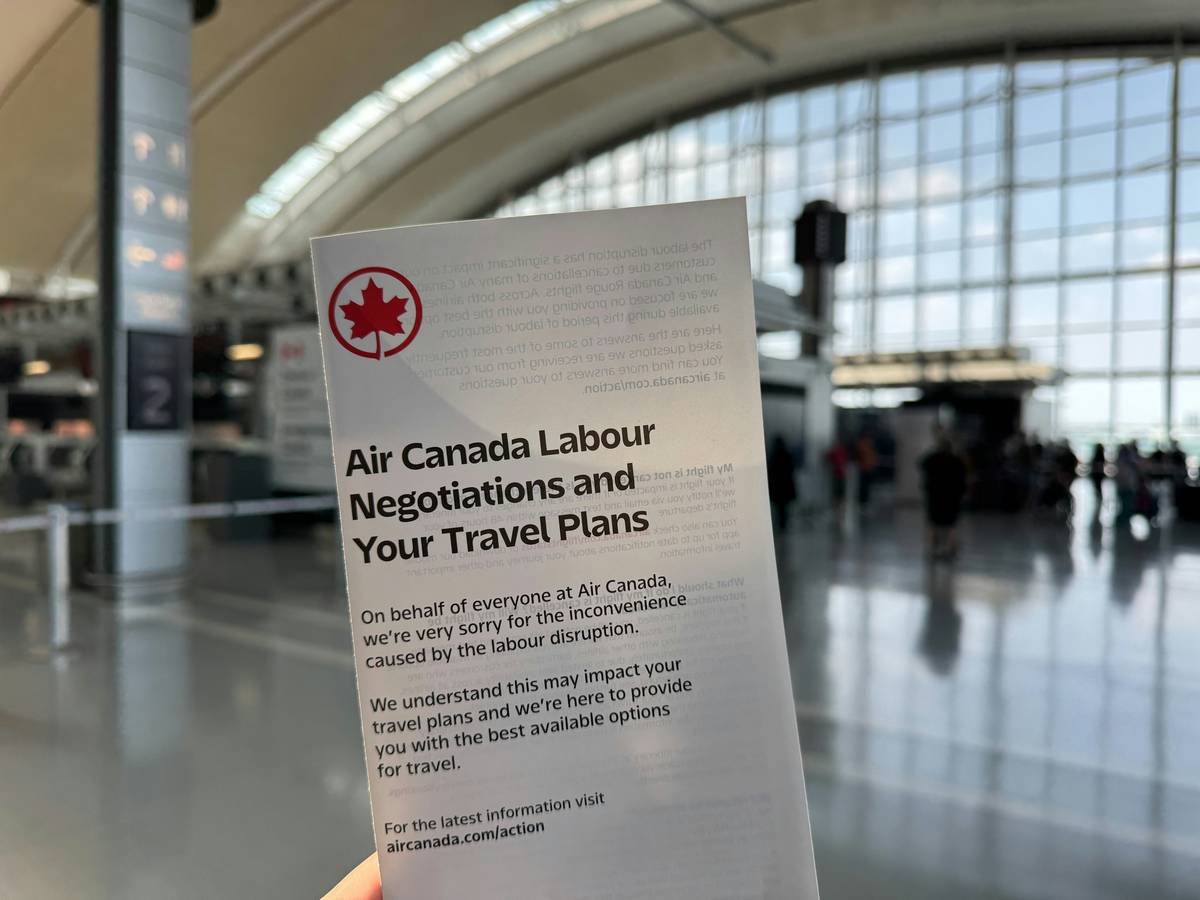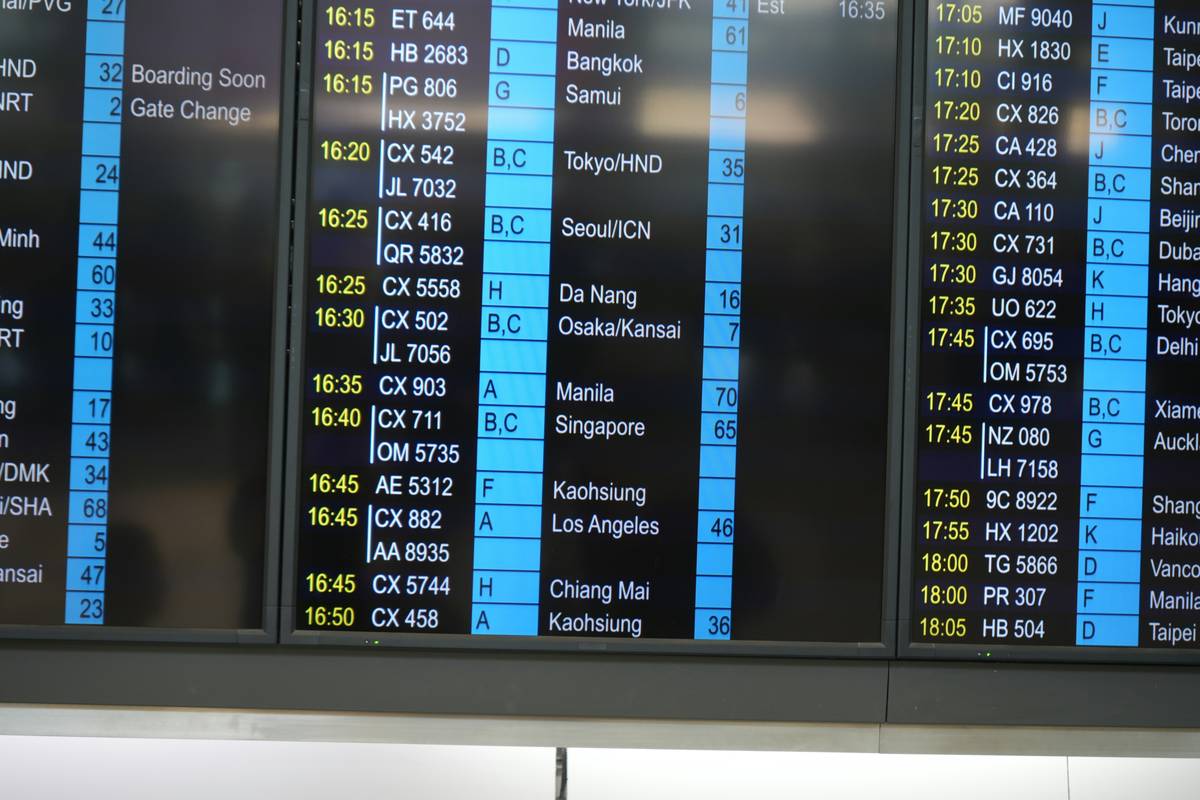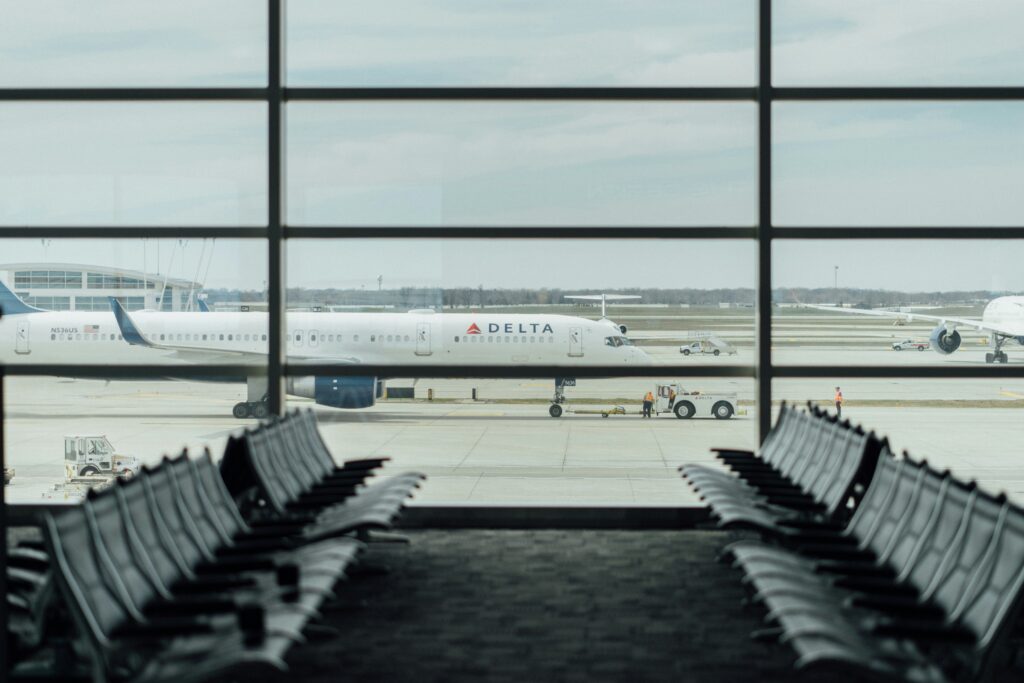Ever been stuck at the airport, staring at a delayed departure board while your dream vacation slips further away? Yeah, us too.
Airports are supposed to be gateways to adventure, not purgatories of uncertainty. But here’s the kicker—when delays strike, you don’t have to sit there helplessly clutching your boarding pass and praying for mercy. In this post, we’re diving deep into involuntary delay coverage, the unsung hero of travel insurance that cushions the blow when life throws flight disruptions your way. You’ll learn why it matters, how to get it, and what NOT to do (hint: it involves more coffee than you might expect).
So buckle up, because by the end of this guide, you’ll feel like an accidental delay ninja ready to tackle even the messiest travel snafus.
Table of Contents
- The Problem with Flight Delays
- How to Get Involuntary Delay Coverage
- 6 Tips for Mastering Travel Delay Insurance
- Case Study: How One Family Saved $500 Thanks to Delay Coverage
- Frequently Asked Questions About Involuntary Delay Coverage
Key Takeaways
- Involuntary delay coverage reimburses expenses during unexpected travel hiccups.
- Not all policies are created equal—read the fine print!
- Packing snacks and patience is still required, but now you can expense them later.
The Problem with Flight Delays

Congratulations—you’ve just joined the 80% of travelers who experience a delay or cancellation every year. According to the Bureau of Transportation Statistics, U.S. airlines alone racked up over 700,000 delays in 2022. That’s enough missed connections to fill Wembley Stadium seven times over.
But here’s where things get spicy. Most people think their airline will cover everything if something goes wrong. Spoiler alert: they won’t. Airlines only owe you compensation under very specific circumstances (like EU Regulation 261/2004), and even then, you’ll likely spend hours on hold trying to claim a refund for that soggy sandwich you bought at Gate 37B.
This is where involuntary delay coverage swoops in like your personal travel guardian angel. Whether you’re stranded due to weather, mechanical issues, or mysterious “operational reasons,” this type of coverage ensures you’re not left footing the bill—or sleeping on a bench overnight.
How to Get Involuntary Delay Coverage
Optimist You: “This sounds easy enough!”
Grumpy You: “Ugh, fine—but only if coffee’s involved.”
Step 1: Assess Your Needs
Before jumping into a policy, take stock of your trip details. Are you flying internationally? Will you need extra funds for hotel stays or meals? A little prep work saves headaches later.
Step 2: Compare Policies Like a Pro
No two travel insurance plans are alike. Some offer $500/day for involuntary delays, while others cap payouts much lower. Look for policies with clear definitions of covered events and reasonable waiting periods before benefits kick in.
Step 3: Check Your Credit Card Perks
Seriously, check this first. Many premium credit cards include basic travel insurance perks, including delay coverage. If yours does, congrats—you’ve just saved money! Just make sure you meet the eligibility requirements (usually paying for the trip with the card).
Step 4: Read the Fine Print
No, really—do it. For example, some policies require original receipts for reimbursement claims. Others may exclude delays caused by strikes or acts of God. Understanding these nuances prevents last-minute surprises.
6 Tips for Mastering Travel Delay Insurance
- Buy Early: Purchase your policy within 14-21 days of booking your trip to maximize benefits.
- Document Everything: Snap photos of your receipts, boarding passes, and delay announcements.
- Know Your Limits: Be aware of daily payout caps and overall benefit maximums.
- Stay Calm and Carry Snacks: Airlines aren’t known for culinary masterpieces during delays.
- File Claims Quickly: Don’t procrastinate—most insurers require submission within 90 days of returning home.
- Avoid This Terrible Tip: Assuming any old policy will suffice without comparing options. Big mistake. Huge.
Case Study: How One Family Saved $500 Thanks to Delay Coverage

Meet Sarah, Mark, and their two kids. Last summer, they planned a dream trip to Paris. Unfortunately, their connecting flight was delayed by 24 hours due to a maintenance issue. Thanks to their involuntary delay coverage, they received reimbursements for:
- A night at a nearby airport hotel ($250)
- Meals and transportation costs ($150)
- Necessary toiletries and clothing purchases ($100)
Total savings? $500—and priceless peace of mind.
Frequently Asked Questions About Involuntary Delay Coverage
What counts as an “involuntary” delay?
Delays beyond your control, such as bad weather, air traffic congestion, or equipment malfunctions, typically qualify. Voluntary cancellations or changes made by you usually don’t.
Do I need to prove my delay?
Yes, most insurers will ask for documentation like flight records, receipts, and written proof from the airline confirming the delay.
Can I use delay coverage for cruises?
Absolutely! If a delay causes you to miss your cruise departure, many policies will cover transportation costs to catch up with the ship.
How quickly does coverage kick in?
It depends on the policy, but common waiting periods range from 5-12 hours for domestic flights and 6-24 hours for international ones.
Conclusion
The next time you find yourself stuck in Terminal D staring wistfully at planes taking off without you, remember this: involuntary delay coverage has got your back. Armed with the right policy and a healthy dose of preparation, you can turn travel chaos into a minor inconvenience rather than a full-blown meltdown.
To recap:
- Flight delays stink, but coverage helps ease the pain.
- Comparison shop for the best policy tailored to your needs.
- Don’t forget those pesky receipts—they’re golden tickets for filing claims.
Cheers to smoother journeys ahead. Now go forth and conquer the skies—with snacks and caffeine close at hand, of course.
P.S. Remember the Tamagotchi analogy from earlier? Just like keeping your digital pet alive, maintaining good travel habits requires consistent care and attention. Bon voyage!


